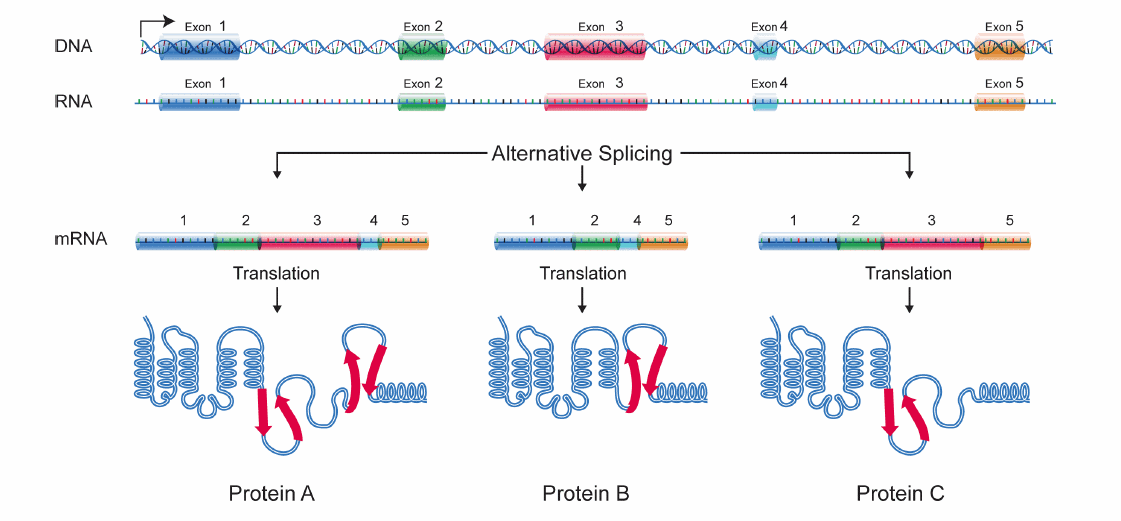Researchers discover genetic cause of second-most common kidney cancer in children
By Dana Benson
A genetic mutation associated with clear cell sarcoma of the kidney that has opened a new path of research and could point the way toward a new diagnostic test for the disease, said researchers from Texas Children’s Cancer and Hematology Center and Baylor College of Medicine.

“The work is one of the first descriptions of a defining genetic hallmark in clear cell sarcoma of the kidney,” said Dr. Angshumoy Roy, assistant professor of pathology & immunology at Baylor and Texas Children’s Hospital and lead author of the study in Nature Communications.
Combine “ome” sequencing
The collaborative research team used a combination of whole exome sequencing and whole-transcriptome (RNA) sequencing to characterize the genomic landscape of this disease. They initially detected a mutation in the BCOR gene, which is involved in regulating cell differentiation through epigenetic mechanisms, in a single patient with clear cell sarcoma of the kindey. Further investigation then led to the discovery of recurrent duplication mutations within the gene in 85 percent of those with the disease, but not in other childhood kidney tumors, such as Wilms tumors.
Test potential
“The discovery of these duplications in the vast majority of CCSKs, but not in Wilms tumors, offers the potential for a highly sensitive and specific molecular diagnostic test for these cancers,” said Dr. Will Parsons, associate professor of pediatrics at Baylor and co-director of the Cancer Genetics and Genomics Program at Texas Children’s Cancer Center and also an author of the paper.
The specific type of mutation identified in the tumors, called internal tandem duplications (ITDs), has only been rarely reported in cancers, possibly explained in part by the fact that they are difficult to detect through standard bioinformatics techniques. The researchers examined published data from a previous study on clear cell kidney sarcomas and found identical internal tandem duplications in those tumors that had gone previously undetected, underscoring the need for specialized informatics tools to detect these mutations, Roy said.
A second discovery of this research was an unexpected link between clear cell kidney sarcomas and undifferentiated sarcomas, which also have mutations involving the BCOR gene but apart from that, do not have similarities in natural history or clinical behavior.
“This highlights the importance of using unbiased genomic profiling as a tool to uncover biological similarities between tumors that may lead to the redesigning of therapeutic strategies,” Parsons said.
Others involved in this study included: Vijetha Kumar, Erica Fang, Nimesh Patel and Karen Eldin, all with Baylor and Texas Children’s Hospital; Barry Zorman, Katherine Haines, HarshaVardhan Doddapaneni, Oliver Hampton, Simon White, Abhishek Bavle and David Wheeler, all of Baylor; James Amatruda, Dinesh Rakheja, Patrick Leavey and Stephen Skapek, all with the University of Texas Southwestern Medical Center in Dallas; John Hicks of Baylor, Texas Children’s Hospital and Texas Children’s Cancer Center; and Sharon Plon, Murali Chintagumpala, Jed Nuchtern and Pavel Sumazin of Baylor and Texas Children’s Cancer Center.
The research was supported by the National Institutes of Health (NHGRI/NCI 1U01HG006485), the Cancer Prevention and Research Institute of Texas (RP120685) and a Stand Up to Cancer St. Baldrick’s Pediatric Dream Team Translational Research Grant (SU2CAACR-DT1113).




